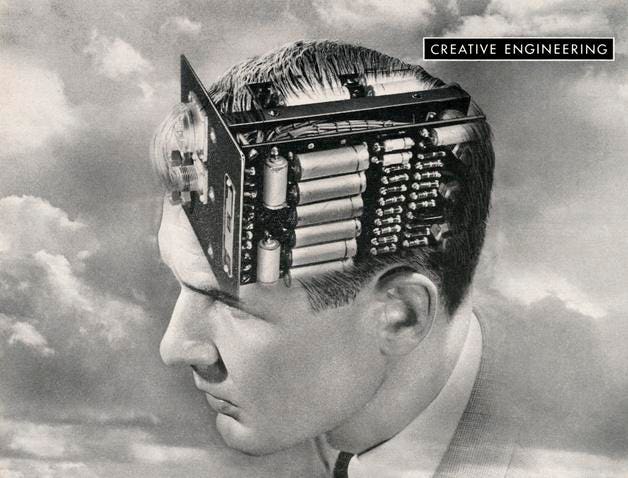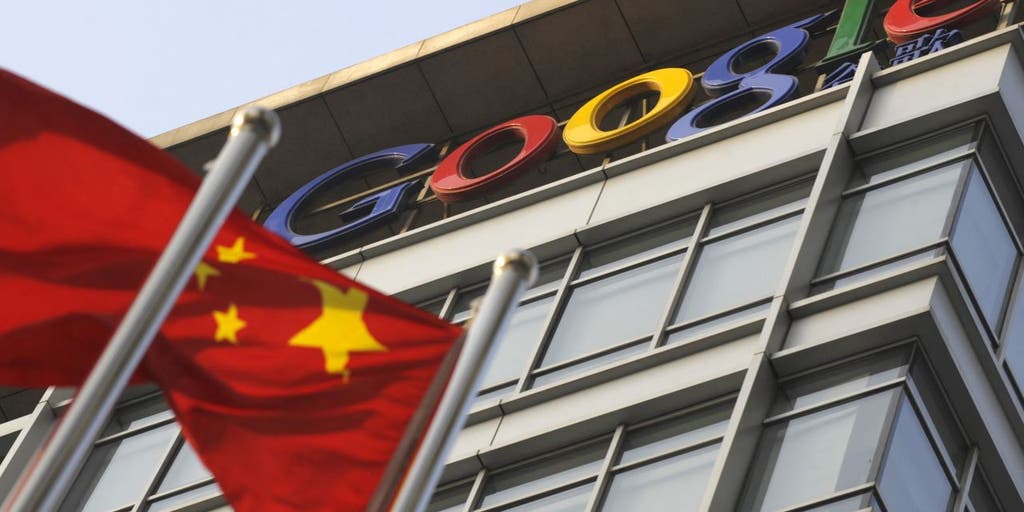After laying off 700 employees, Klarna, a prominent player in the ‘buy now, pay later’ sector, has disclosed that artificial intelligence has assumed their roles. This move aligns Klarna with the trend of companies downsizing to enhance efficiency and reap its rewards. So, how exactly are they accomplishing this transformation?
Their solution lies in Corporate Ozempic, a moniker for artificial intelligence.
Similar to how the diabetes medication has swiftly transitioned into a potent weight loss aid, AI has captivated leaders with its capacity to execute intricate tasks on a large scale and at an unparalleled speed beyond human capability. Despite lingering hesitance among some, AI stands as the latest go-to solution for organizations aiming to streamline operations.
The dynamic between people and technology is intricate. Revolutionary technologies offer immediate fixes to our challenges, yet we often fail to grasp their long-term repercussions. Facebook didn’t set out to propagate misinformation. Airbnb didn’t foresee the impact on housing supply, affecting the most vulnerable. The emergence of a new gig economy sector catalyzed by Uber was unforeseen. The allure of AI is evident — accomplishing more in less time with fewer resources. Nevertheless, leaders must navigate the AI hype cycle judiciously and evaluate the broader implications on their organizational culture, innovation capacity, and overall strategic execution proactively.
If AI serves enterprises akin to Ozempic aiding in rapid weight loss, what are the accompanying side effects?
Firstly, it leads to the flattening of workplace culture. An organization’s culture acts as a catalyst for progress. Numerous scientific studies have shown that robust cultures breed teams that are resolute, innovative, and resilient. If machines gradually supplant our colleagues, we risk losing the cognitive diversity that enhances creativity and motivates individuals to outperform competitors. Ultimately, as AI diminishes the human element in organizational dynamics, the determination and drive essential for propelling organizations forward may wane.
Secondly, it diminishes human ingenuity. Curiosity propels us to pose pivotal questions and fuels innovation within organizations. In the pursuit of efficiency, leaders run the risk of automating away their firm’s capacity to pose novel questions and devise innovative solutions — crucial for staying ahead in the competitive landscape. While a future may exist where sentient AI scans the business horizon and generates entrepreneurial ideas, the current AI lacks these capabilities. Even entities like OpenAI rely on humans, not AI, to craft groundbreaking tools. To foster the next wave of innovation, leaders should leverage AI to amplify, not replace, their employees’ innovation capabilities. By combining human ingenuity with AI’s prowess in recombining information, leaders can significantly boost the creative and entrepreneurial potential of their teams.
Lastly, it undermines teamwork. Human collaboration stands as one of our greatest assets, despite contrary headlines. As AI automates intellectual tasks, there’s a temptation to dismantle teams and eliminate the complexities of interpersonal interactions. AI functions as an ideal team player; devoid of personal baggage or demotivation stemming from human dynamics. However, I argue that our innate ability to engage in cohesive relationships will become more crucial as we transition from task execution to coordination. The social capital within teams will determine the success of an organization’s AI strategy and the ability of individuals to rally around the organization’s mission.
The utilization of AI to reduce workforce size is an inevitable progression. Throughout history, technology has acted as a dual-edged sword, causing both job displacement and creation. While downsizing seems like the immediate application of AI, its true potential lies in value creation. The extent to which we harness AI to augment the curiosity, drive, and collaborative spirit of our teams will determine the optimism surrounding their capacity to innovate and generate new revenue streams. Organizations that leverage AI in this manner will undoubtedly gain a competitive edge over those opting for quick-fix weight loss solutions. Amidst the AI adoption race, we must not overlook the competitive advantage that human ingenuity, not just technology, brings to the table.
Every leader should ponder, “What extraordinary feats can my team achieve with AI?”










